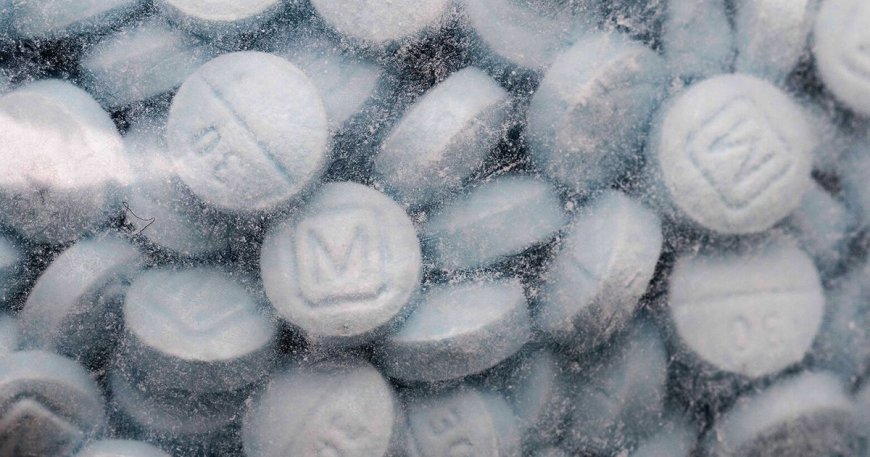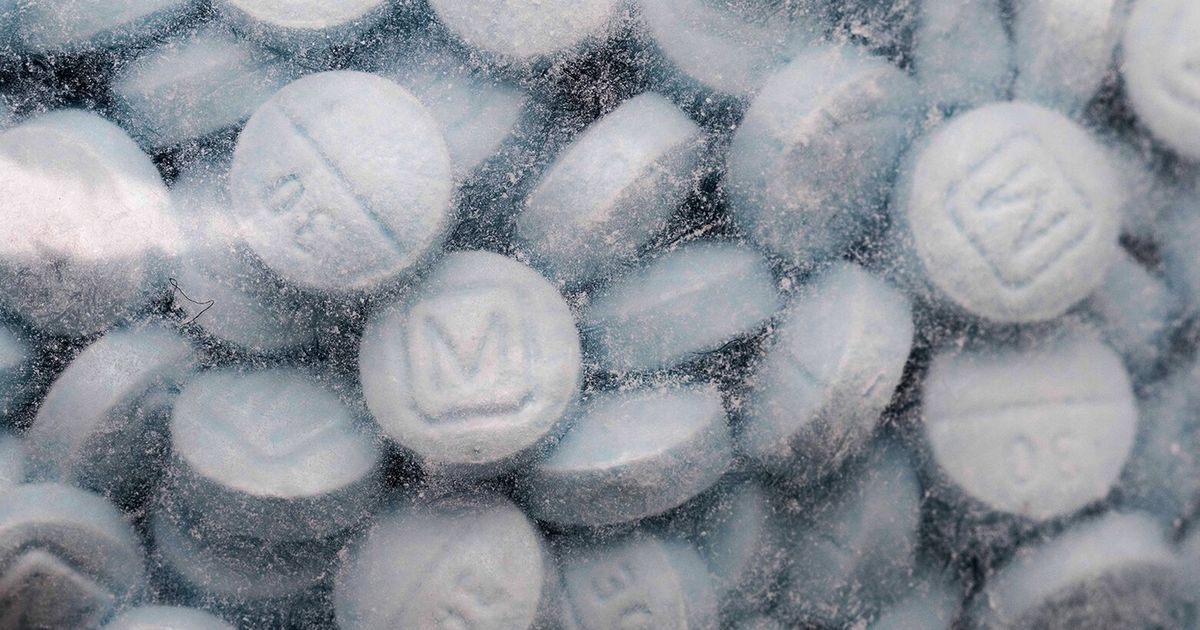Fentanyl driving surge in overdoses among kids in WA’s child welfare system
Fentanyl driving surge in overdoses among kids in WA's child welfare system The Seattle Times

The Increase in Overdoses and Accidental Poisonings Among Washington Kids in Foster Care

A new state report from the Washington State Office of the Family and Children’s Ombuds has found that the number of overdoses and accidental poisonings among Washington kids in foster care, or who received services from the state child welfare system, increased more than tenfold over the span of four years. This increase serves as another indicator of the deadly spread of fentanyl throughout the state and country.
Last year, the report found that 56 kids with recent contact with Child Protective Services died or nearly died from overdoses, often caused by accidentally swallowing drugs. More than 40% of those cases involved kids aged 4 or under who accidentally ingested drugs.
The report also revealed that 22 kids under state supervision died in 2022 from accidentally ingesting drugs or overdosing, which is nearly the same number as the total deaths in the prior three years combined. In 2018, four kids under state supervision died and one nearly died from overdosing or accidentally ingesting drugs.
According to the report, the youngest children are at the greatest risk. Out of the 56 deaths and near deaths, 23 involved kids aged 4 years old and under, and 18 involved kids aged 2 years old and younger.
Fentanyl Causing Surge in Overdoses
The increase in overdoses is overwhelmingly driven by fentanyl, the powerful synthetic opioid painkiller that has fueled unprecedented overdoses throughout the Seattle region, the state of Washington, and the nation. More than two-thirds of the accidental ingestions and overdoses found in the report were caused by fentanyl. In 2018, the same report found only one such incident involving fentanyl.
Among children in state supervision under the age of 11, there were 19 deaths or near deaths involving fentanyl last year, compared to just eight in the previous five years combined. A national study mentioned in the report also highlighted a 52% increase in child opioid deaths from 2015 to 2018.
Troubling Trends
The new report on children under state supervision further emphasizes recent overdose trends among all children in Washington. Last year, 38 kids aged 17 and under died of opioid overdoses, with the vast majority being caused by synthetic opioids like fentanyl. This number is more than triple the number from 2019.
Overdoses have skyrocketed among nearly all populations as ultra-powerful fentanyl has replaced heroin and prescription pills as the most commonly abused opioid. In King County alone, 714 people have died this year from fentanyl, surpassing last year’s record high with three months still remaining.
A Call for More Training and Resources
The report from the state ombuds recommended more training for child welfare workers and foster families. It also suggested making fentanyl test strips, naloxone, and drug lockboxes more readily available to families. The availability of naloxone or Narcan has helped prevent some near fatalities.
The state Department of Children, Youth and Families has been working to provide services to families earlier in an effort to prevent major problems and avoid removing kids from their homes and placing them with foster families. Despite these efforts, the rise of fentanyl poses new challenges in ensuring child safety without unnecessarily removing children from their parents’ care due to parental addiction.
SDGs, Targets, and Indicators
| SDGs | Targets | Indicators |
|---|---|---|
| SDG 3: Good Health and Well-being | 3.5: Strengthen the prevention and treatment of substance abuse, including narcotic drug abuse and harmful use of alcohol | – Number of deaths and near deaths due to drug overdoses among children in foster care or under state supervision – Percentage of child welfare workers and foster families trained on substance abuse prevention and treatment |
| SDG 16: Peace, Justice, and Strong Institutions | 16.2: End abuse, exploitation, trafficking, and all forms of violence against and torture of children | – Number of children in foster care or under state supervision who experience abuse or exploitation related to drug use – Percentage of child welfare workers trained on identifying and addressing child abuse and exploitation related to drug use |
1. Which SDGs are addressed or connected to the issues highlighted in the article?
SDG 3: Good Health and Well-being
The issue of drug overdoses among children in foster care or under state supervision is connected to SDG 3, which aims to ensure good health and well-being for all. The article highlights the increase in overdoses and accidental poisonings among these vulnerable children, indicating a need for prevention and treatment measures.
SDG 16: Peace, Justice, and Strong Institutions
The issue of child abuse and exploitation related to drug use, as mentioned in the article, is connected to SDG 16. This goal focuses on ending abuse and violence against children and ensuring strong institutions to protect their rights.
2. What specific targets under those SDGs can be identified based on the article’s content?
Target 3.5: Strengthen the prevention and treatment of substance abuse, including narcotic drug abuse and harmful use of alcohol
The article highlights the need for strengthening the prevention and treatment of substance abuse, specifically among children in foster care or under state supervision. This target is relevant to addressing the issue of drug overdoses and accidental poisonings among these children.
Target 16.2: End abuse, exploitation, trafficking, and all forms of violence against and torture of children
The article mentions child abuse and exploitation related to drug use, indicating a need to end such forms of violence against children. Target 16.2 focuses on addressing abuse, exploitation, trafficking, and violence against children, making it relevant to the issues discussed in the article.
3. Are there any indicators mentioned or implied in the article that can be used to measure progress towards the identified targets?
For Target 3.5:
– Number of deaths and near deaths due to drug overdoses among children in foster care or under state supervision: The article provides statistics on the number of deaths and near deaths caused by drug overdoses among these children.
– Percentage of child welfare workers and foster families trained on substance abuse prevention and treatment: The article suggests the need for more training for child welfare workers and foster families to address substance abuse issues.
For Target 16.2:
– Number of children in foster care or under state supervision who experience abuse or exploitation related to drug use: The article highlights cases of child abuse and exploitation related to drug use among children under state supervision.
– Percentage of child welfare workers trained on identifying and addressing child abuse and exploitation related to drug use: The article recommends training for child welfare workers to better identify and address instances of abuse and exploitation.
4. SDGs, Targets, and Indicators
| SDGs | Targets | Indicators |
|---|---|---|
| SDG 3: Good Health and Well-being | 3.5: Strengthen the prevention and treatment of substance abuse, including narcotic drug abuse and harmful use of alcohol | – Number of deaths and near deaths due to drug overdoses among children in foster care or under state supervision – Percentage of child welfare workers and foster families trained on substance abuse prevention and treatment |
| SDG 16: Peace, Justice, and Strong Institutions | 16.2: End abuse, exploitation, trafficking, and all forms of violence against and torture of children | – Number of children in foster care or under state supervision who experience abuse or exploitation related to drug use – Percentage of child welfare workers trained on identifying and addressing child abuse and exploitation related to drug use |
Behold! This splendid article springs forth from the wellspring of knowledge, shaped by a wondrous proprietary AI technology that delved into a vast ocean of data, illuminating the path towards the Sustainable Development Goals. Remember that all rights are reserved by SDG Investors LLC, empowering us to champion progress together.
Source: seattletimes.com

Join us, as fellow seekers of change, on a transformative journey at https://sdgtalks.ai/welcome, where you can become a member and actively contribute to shaping a brighter future.







